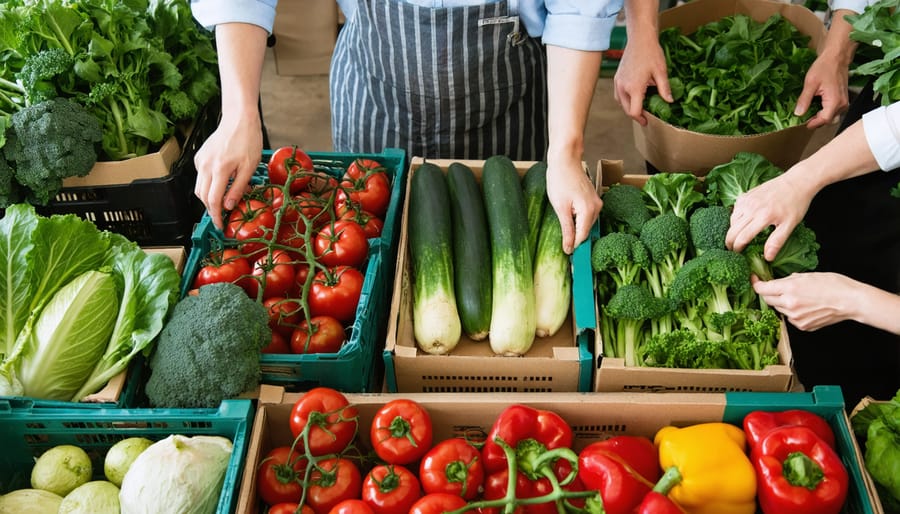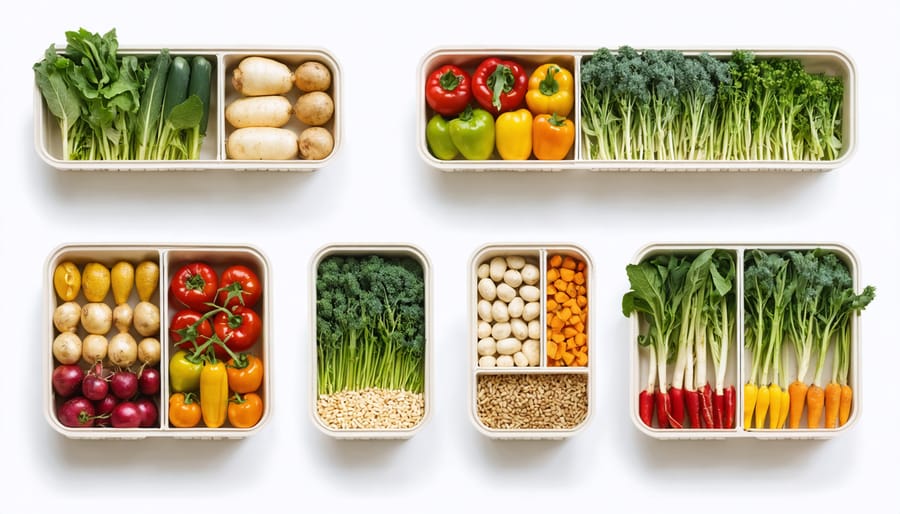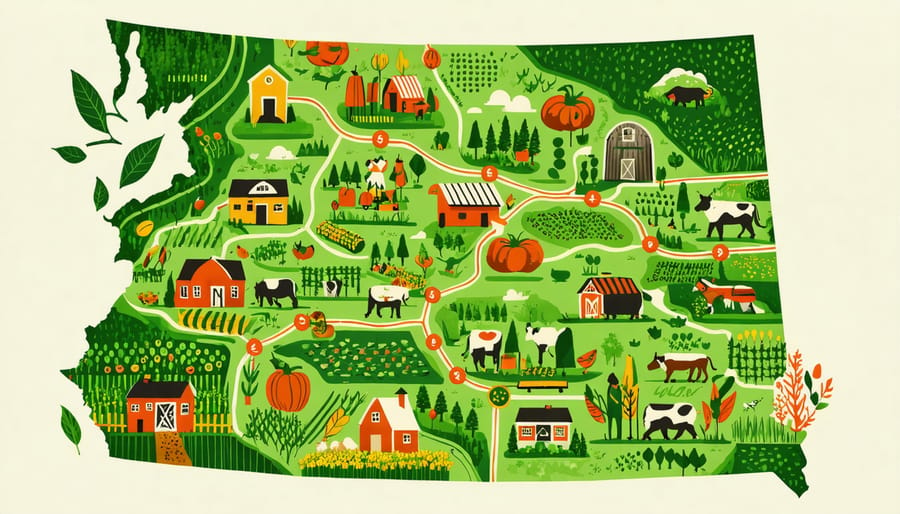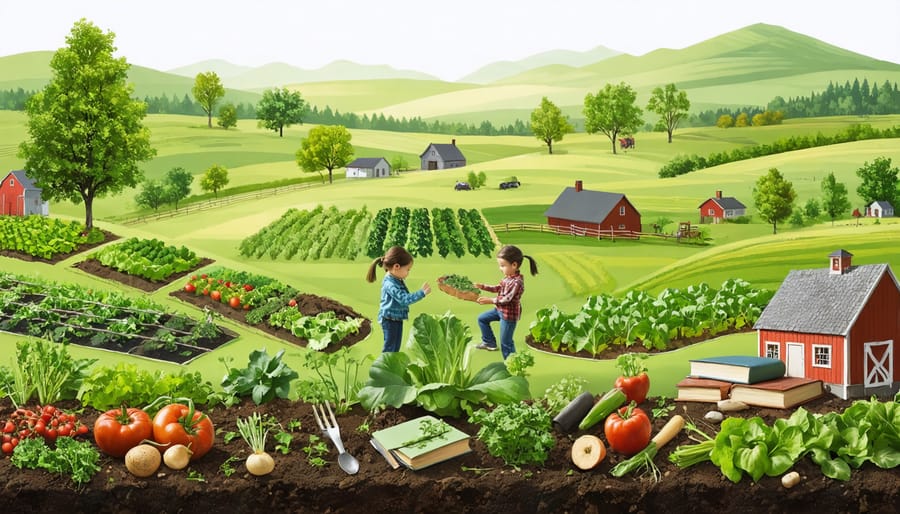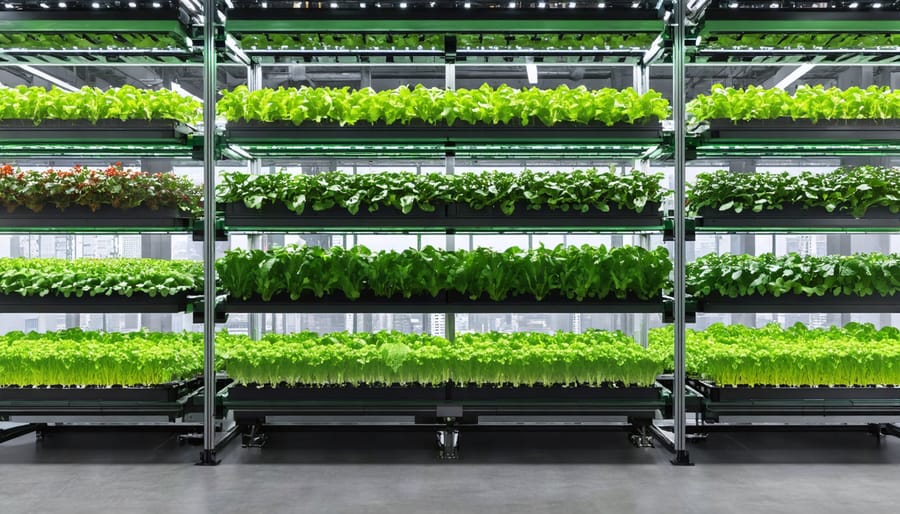Community-supported agriculture (CSA) revolutionizes the traditional food system by creating direct partnerships between local farmers and consumers. In this unique agricultural model, members invest in a farm’s seasonal harvest upfront, sharing both the rewards and risks of food production with their farmer. Beyond mere transactions, CSA programs build resilient local food networks across Alberta’s diverse agricultural landscape, connecting urban families with rural producers through weekly shares of fresh, seasonal produce.
This innovative approach to farming emerged in the 1960s and has evolved into a powerful tool for sustainable agriculture, offering Canadian farmers stable income streams while providing communities with unparalleled access to fresh, locally-grown food. As climate change and food security concerns mount, CSA programs demonstrate how collaborative agricultural models can strengthen regional food systems, support small-scale farmers, and foster deeper connections between people and the land that feeds them.
What Makes Community-Supported Agriculture Unique
The Shared Risk-Reward Partnership
In community-supported agriculture, farmers and members form a unique partnership where both parties share the inherent risks and rewards of farming. When members purchase their shares at the beginning of the growing season, they commit to supporting the farm through both abundant harvests and challenging times. If weather conditions are favorable and crops flourish, members enjoy bountiful weekly shares filled with fresh, seasonal produce. However, if crops face challenges from frost, drought, or pests, members understand their shares might be affected.
This shared responsibility creates a deeper connection between producers and consumers, fostering mutual understanding of agricultural realities. For Alberta farmers, this model provides crucial early-season capital and guaranteed market access, while offering financial stability throughout the growing season. Members benefit from direct access to fresh, local food and the satisfaction of supporting sustainable farming practices in their community.
Many Alberta CSA farms enhance this partnership by involving members in farm activities, hosting harvest celebrations, and providing regular updates about crop conditions, creating a truly collaborative agricultural community that strengthens local food systems.
Direct Farm-to-Table Connection
The heart of community-supported agriculture lies in its direct connection between farmers and consumers, eliminating traditional supply chain intermediaries. When farmers sell directly to community members, they receive full value for their produce while consumers enjoy fresh, local food at better prices. This direct relationship creates transparency in food production and pricing, allowing farmers to earn a fair living while keeping costs reasonable for members.
In Alberta, many CSA farmers report that direct relationships with their members lead to better crop planning and reduced food waste. They can grow exactly what their community needs and wants, rather than speculating about market demands. Members often visit the farm, participate in harvest events, and develop a deeper understanding of local food production.
This direct connection also builds trust and loyalty. When consumers know their farmer personally, they’re more likely to stick with the program through both abundant and challenging seasons. Many Alberta CSA farmers share that their members become advocates for local agriculture, helping to educate others about sustainable farming practices and the importance of supporting local food systems. This community engagement strengthens local food security and helps preserve agricultural knowledge for future generations.

CSA Models Thriving in Alberta
Traditional Share-Based Model
In the traditional share-based model, farmers offer seasonal memberships to community members who commit to purchasing a portion of the farm’s harvest throughout the growing season. These “shares” typically provide members with weekly or bi-weekly boxes of fresh, seasonal produce from May through October in most Alberta regions.
Members pay for their shares at the beginning of the growing season, usually between February and April. This upfront payment helps farmers cover essential startup costs like seeds, equipment maintenance, and labour during the crucial spring planting period. A full share generally feeds a family of four, while half-shares accommodate smaller households.
The contents of each share box vary throughout the season, reflecting what’s naturally ready for harvest. Early-season boxes might include spring greens, radishes, and herbs, while mid-summer deliveries could feature tomatoes, cucumbers, and zucchini. Fall shares often contain storage crops like potatoes, onions, and winter squash.
This model creates a direct partnership between farmers and consumers, sharing both the bounty and risks of farming. If weather conditions are favourable, members might receive abundant harvests. During challenging growing seasons, yields might be lower, but members understand this as part of their commitment to supporting local agriculture.
Many Alberta farmers enhance their traditional shares by offering add-on options like farm-fresh eggs, locally-produced honey, or heritage grain products, creating additional value for their members while maintaining the core CSA principle of direct farmer-consumer relationships.
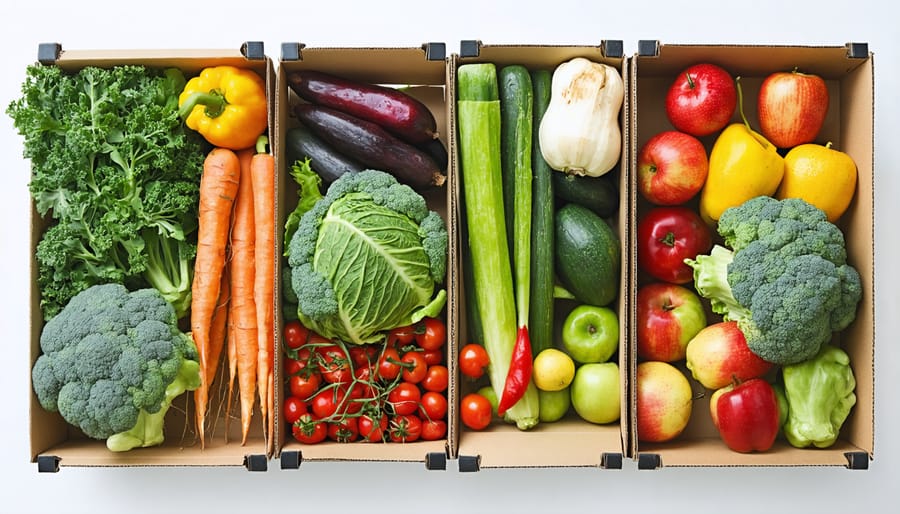
Modified Flexible Systems
Modern CSA programs have evolved significantly to meet the changing needs of both farmers and consumers across Alberta. Many farms now offer flexible payment plans, varying share sizes, and customizable produce selections to accommodate different household sizes and dietary preferences. Some innovative operations have integrated year-round local food production through greenhouse facilities and season extension techniques.
Multi-farm CSAs have gained popularity, where several producers collaborate to offer greater variety and reduced risk. Members can choose from different subscription lengths, from traditional full-season commitments to shorter seasonal shares. Many Alberta farms now provide bi-weekly options and vacation holds, making participation more accessible for busy families.
Digital platforms have revolutionized CSA management, enabling online ordering, delivery tracking, and community engagement through social media and farm updates. Some programs have introduced workplace CSA drops, making fresh produce accessible to urban professionals. Add-on options have expanded beyond vegetables to include eggs, honey, meat, and locally-made value-added products.
Payment structures have also evolved, with some farms offering sliding scale pricing to ensure accessibility across income levels. Work-share programs continue to thrive, allowing members to exchange labour for produce, while maintaining the traditional CSA principle of shared risk and reward between farmer and consumer.
Environmental Impact and Sustainability
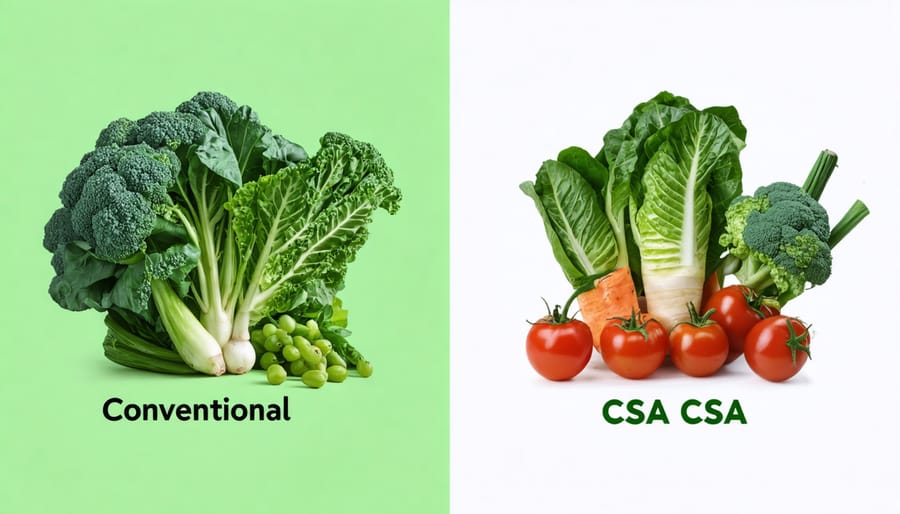
Reduced Carbon Footprint
Community-supported agriculture significantly reduces carbon emissions through its localized distribution model. By shortening the distance between farm and table, CSA farms in Alberta typically transport produce less than 100 kilometres to reach members, compared to the average 2,500 kilometres for conventional grocery store products. This dramatic reduction in food miles directly contributes to lower greenhouse gas emissions.
Local CSA operations integrate sustainable farming practices that further minimize environmental impact. Many Alberta CSA farmers employ methods like minimal packaging, reusable containers, and bulk distribution points, eliminating excessive plastic waste and reducing individual car trips for grocery shopping.
The environmental benefits extend beyond transportation. CSA farms typically practice seasonal growing, requiring fewer energy-intensive greenhouse operations during winter months. By supporting natural growing cycles and encouraging members to eat seasonally, these farms maintain smaller carbon footprints than large-scale agricultural operations. Recent studies show that CSA members in Alberta reduce their food-related carbon emissions by approximately 25% compared to conventional grocery shoppers, demonstrating the significant environmental advantage of this community-based farming model.
Soil Health Improvements
Community-supported agriculture practices significantly enhance soil health through diversified farming methods. Alberta farmers implementing CSA models have reported notable improvements in soil structure and fertility by rotating crops and integrating cover crops into their growing cycles. These practices help build organic matter, improve water retention, and create resilient soil ecosystems.
Local CSA farmers, like Sarah Thompson from Red Deer County, have documented a 30% increase in soil organic matter over five years by implementing regenerative practices. Mixed farming approaches, combining vegetables with complementary crops and incorporating livestock grazing, have proven particularly effective in building soil health.
The reduction of synthetic inputs in CSA farming naturally promotes beneficial soil microorganisms. Many Alberta CSA farmers use compost and green manure to enrich their soil, resulting in better crop yields and increased drought resistance. This biological approach to soil management helps create a self-sustaining system that benefits both the environment and crop production.
By maintaining year-round soil coverage and minimizing tillage, CSA farms effectively prevent erosion and maintain soil structure, contributing to long-term agricultural sustainability in our prairie landscape.
Starting Your CSA Journey
Starting a CSA operation requires careful planning and community engagement. Begin by assessing your farm’s capacity and determining the number of shares you can realistically offer. Most successful Alberta CSA farms start with 20-30 members and gradually expand based on demand and production capabilities.
First, develop a detailed crop plan that considers Alberta’s growing season and your available land. Calculate your production costs, including seeds, equipment, labour, and packaging materials. This helps determine share prices that ensure both farm sustainability and member satisfaction.
Connect with your local agricultural extension office and experienced CSA farmers for guidance. Many Alberta producers have found success by joining mentorship programs through organizations like Young Agrarians or attending workshops focused on innovative agricultural solutions.
Create clear membership agreements outlining share contents, pickup locations, and payment schedules. Consider offering flexible payment options, including monthly installments or early-bird discounts. Many successful CSAs provide weekly newsletters with recipes and farm updates to maintain member engagement.
Start marketing early, at least 3-4 months before your first delivery. Utilize social media, local food directories, and community events to attract members. Consider partnering with other local producers to offer diverse shares that might include eggs, meat, or honey alongside vegetables.
Remember that building a CSA is about creating relationships as much as growing food. Regular communication with members, farm visits, and harvest celebrations help build a loyal community that supports your farm’s long-term success.
Community-supported agriculture in Alberta continues to grow as more farmers and consumers recognize its multiple benefits. The direct partnership between producers and community members not only ensures fresh, local food security but also strengthens rural economies and promotes sustainable farming practices. Looking ahead, CSAs are poised to play an increasingly vital role in Alberta’s agricultural landscape, particularly as consumers seek greater connection to their food sources and farmers look for stable, direct-marketing opportunities.
The success of existing CSA programs throughout the province demonstrates their viability and adaptability to various farming operations. As climate challenges and market uncertainties persist, the CSA model offers a resilient approach to agriculture that benefits both producers and consumers. With growing support from agricultural organizations and increasing consumer awareness, the future of community-supported agriculture in Alberta looks promising, creating stronger, more sustainable local food systems for generations to come.



